Josh's Frogs
Why you should buy from us
So You Think You Want Dart Frogs?
A Pre-Guide to Getting Started in the Hobby
Check out this video on 3 Great Dart Frogs for Beginners
Poison dart frogs make amazing pets! They're colorful, relatively easy to keep, low maintenance, and available captive-bred from a variety of sources. When set up properly, a dart frog vivarium becomes the focal point of any room.
There are plenty of great reasons to keep these colorful amphibians in your home, office or classroom, but there are also a few important things to consider before you get started. Let's address them.
Toxicity of Dart Frogs
This is less a point of consideration and more a common misunderstanding among prospective new keepers. Although they can be dangerously toxic and even lethal in the wild, captive-bred poison dart frogs are harmless. In their native jungles of Central and South America, they develop their toxicity from eating toxic insects and arthropods. In captivity, they don't have access to these food sources, so they can't become toxic. Currently, it's not possible to make a captive-bred dart frog toxic. Even wild-caught frogs tend to lose their toxicity over a period of months after starting a captive diet.
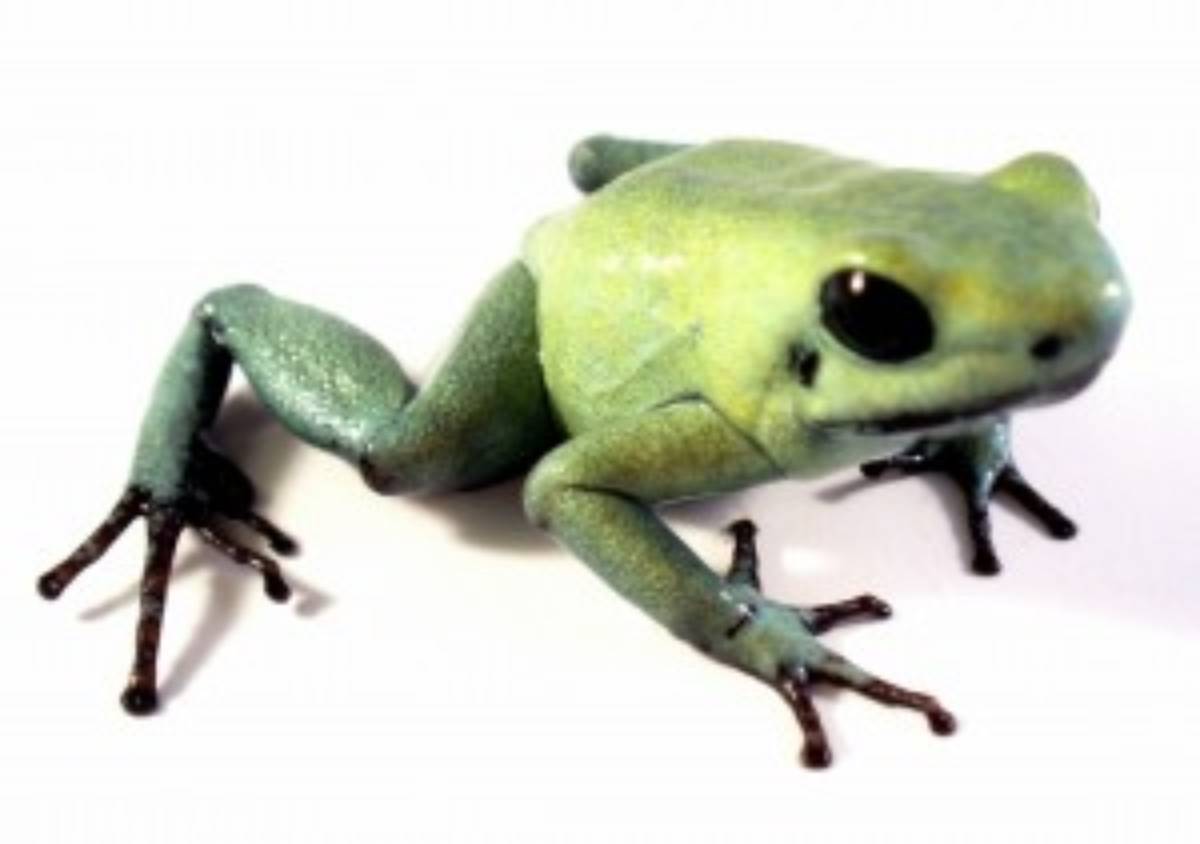 In the wild, this Phyllobates terribilis has enough toxins in its skin to kill several people. In captivity, it's harmless.
In the wild, this Phyllobates terribilis has enough toxins in its skin to kill several people. In captivity, it's harmless.
Always Buy Captive-Bred!
Captive-bred dart frogs are much better suited for life in captivity. They're already accustomed to the confines of the vivarium, much bolder in general, and much more willing to settle into their new enclosure. As a rule, captive-bred dart frogs are also much healthier than their wild-caught counterparts. They're much less likely to harbor parasites, and they've never had to endure the stress of being caught, held, and shipped to another country.
Better yet, captive-bred frogs offer a much lower environmental impact, since they haven't been removed from a potentially declining wild population just for your enjoyment! Every captive-bred frog purchased is one less wild frog removed from its natural habitat. All frogs offered by Josh's Frogs were bred here, by us, for you! We maintain strict quarantine protocols in order to keep our facility free of ranavirus and chytrid. When you purchase frogs from Josh's Frogs, you aren't just getting captive-bred frogs—you're getting the best!
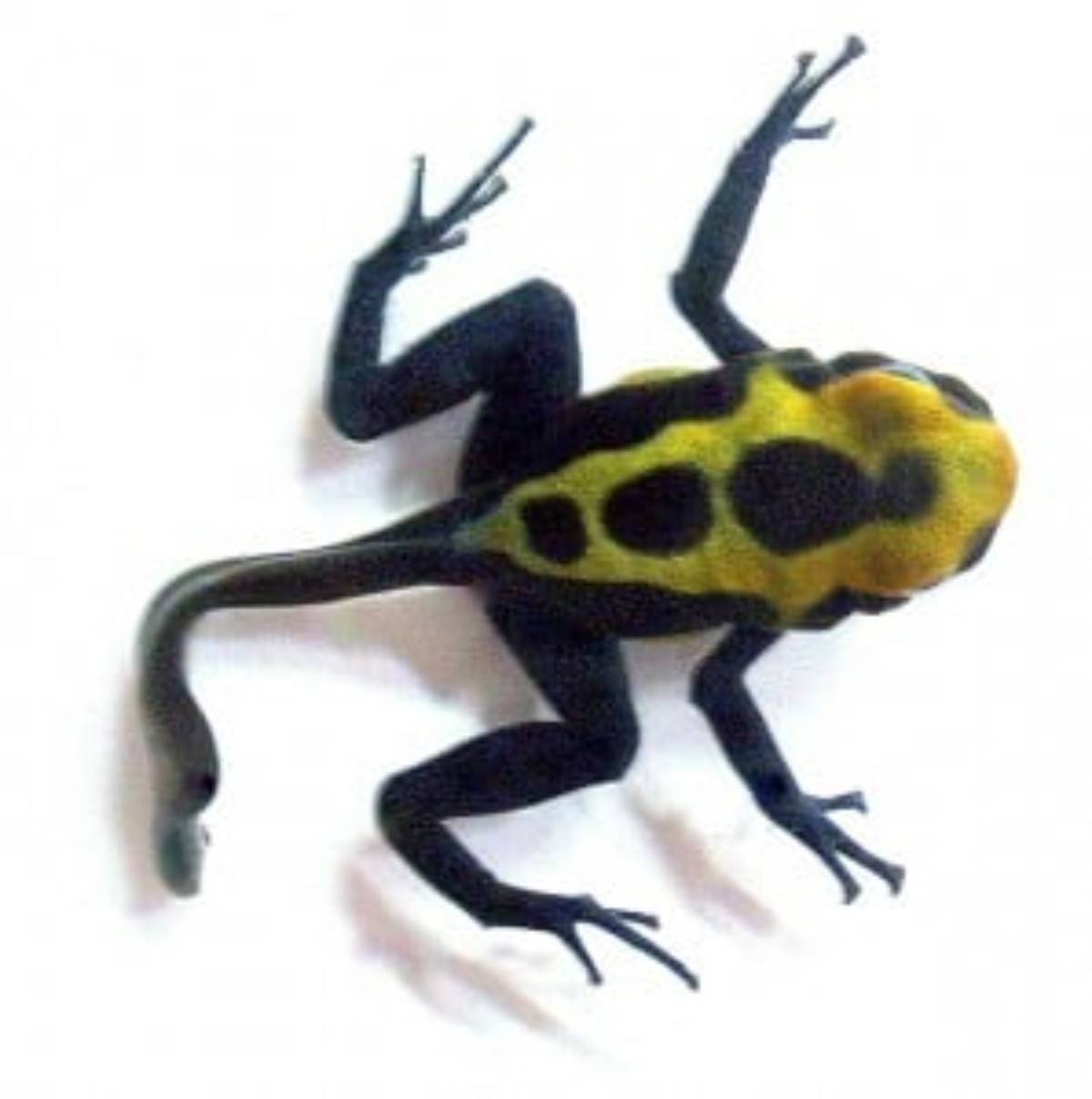 This Dendrobates tinctorius 'Cobalt' metamorph is well on it's way to being a healthy, captive-bred froglet.
This Dendrobates tinctorius 'Cobalt' metamorph is well on it's way to being a healthy, captive-bred froglet.
Lifespan of Dart Frogs
Despite being relatively small, dart frogs can live well over a decade. It's not uncommon for thumbnails (Ranitomeya sp.) to live upwards of a decade. Larger frogs, such as tincs (Dendrobates tinctorius) can live over two decades. There are reports of D. auratus living well over 25 years! Make sure that you take this into consideration before purchasing a dart frog—it may be with you for the next couple decades!
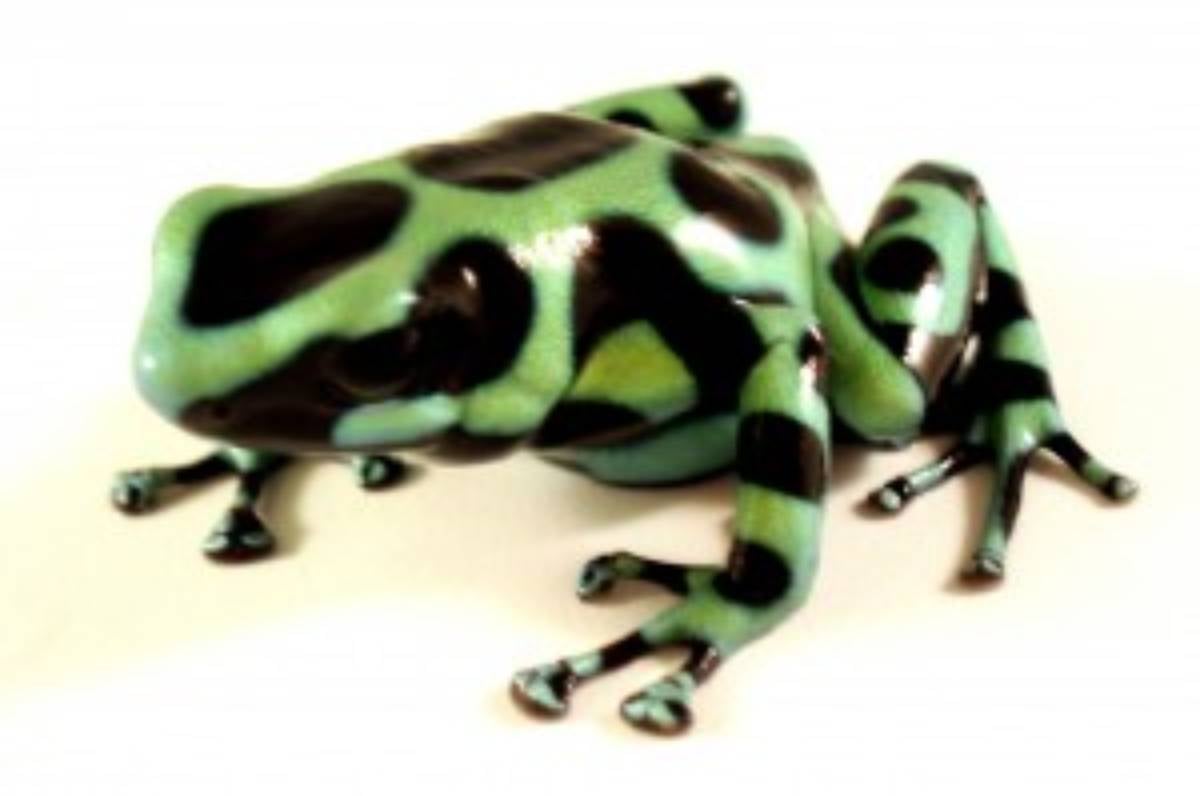 Dendrobates auratus 'Costa Rican Green and Black'. There are reports of D. Auratus living over 25 years!
Dendrobates auratus 'Costa Rican Green and Black'. There are reports of D. Auratus living over 25 years!
Housing Dart Frogs
When set up properly, a planted dart frog vivarium is a living work of art. It can contain various orchids, bromeliads, mosses, ferns, water features, and all the characteristics of that imaginary tropical oasis that we all have in our minds. A vivarium can easily become the focal point of any room, and a topic of conversation.
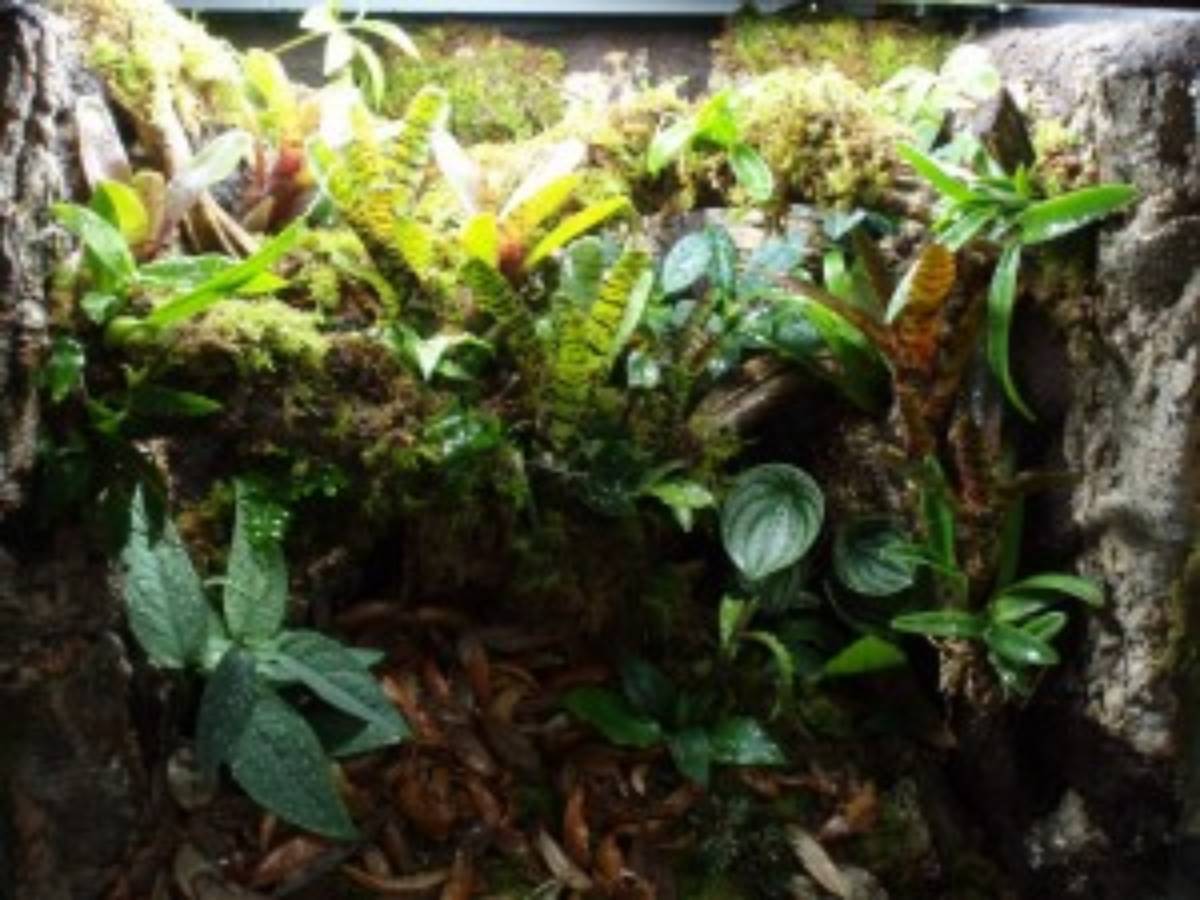 A living vivarium is truly a work of art! Although it's much less expensive than actually traveling to the exotic jungle you'll be recreating, setting up a vivarium for dart frogs usually isn't a cheap endeavor. To be successful requires requires both money and experience, either first-hand or learned. It's common to spend more on the vivarium than you would on the frogs!
A living vivarium is truly a work of art! Although it's much less expensive than actually traveling to the exotic jungle you'll be recreating, setting up a vivarium for dart frogs usually isn't a cheap endeavor. To be successful requires requires both money and experience, either first-hand or learned. It's common to spend more on the vivarium than you would on the frogs!
For novices, a 20-gallon high or 29-gallon glass aquarium, or one of the many glass terrariums available on the market, would make for a great start to your first living work of art.
If you aren't sure how to set up a dart frog tank, we highly recommend our Dart Frog Habitat Kits.
Temperature
Dart frogs hail from Central and South America and require certain temperature ranges to stay healthy. Unlike us, dart frogs are exothermic, also known as “cold-blooded.” This means that they can't control their body temperature internally and instead depend on their environment staying within an acceptable temperature range. As a general rule, you want to keep them between 60 and 80 degrees Fahrenheit, with a temperature drop during the night. Some species prefer it slightly cooler, such as certain members of the genera Phyllobates and Epipedobates. Temperatures over 80° F can stress your frogs, and higher temperatures can quickly lead to death. Make sure you're using a thermometer to measure vivarium temperatures.
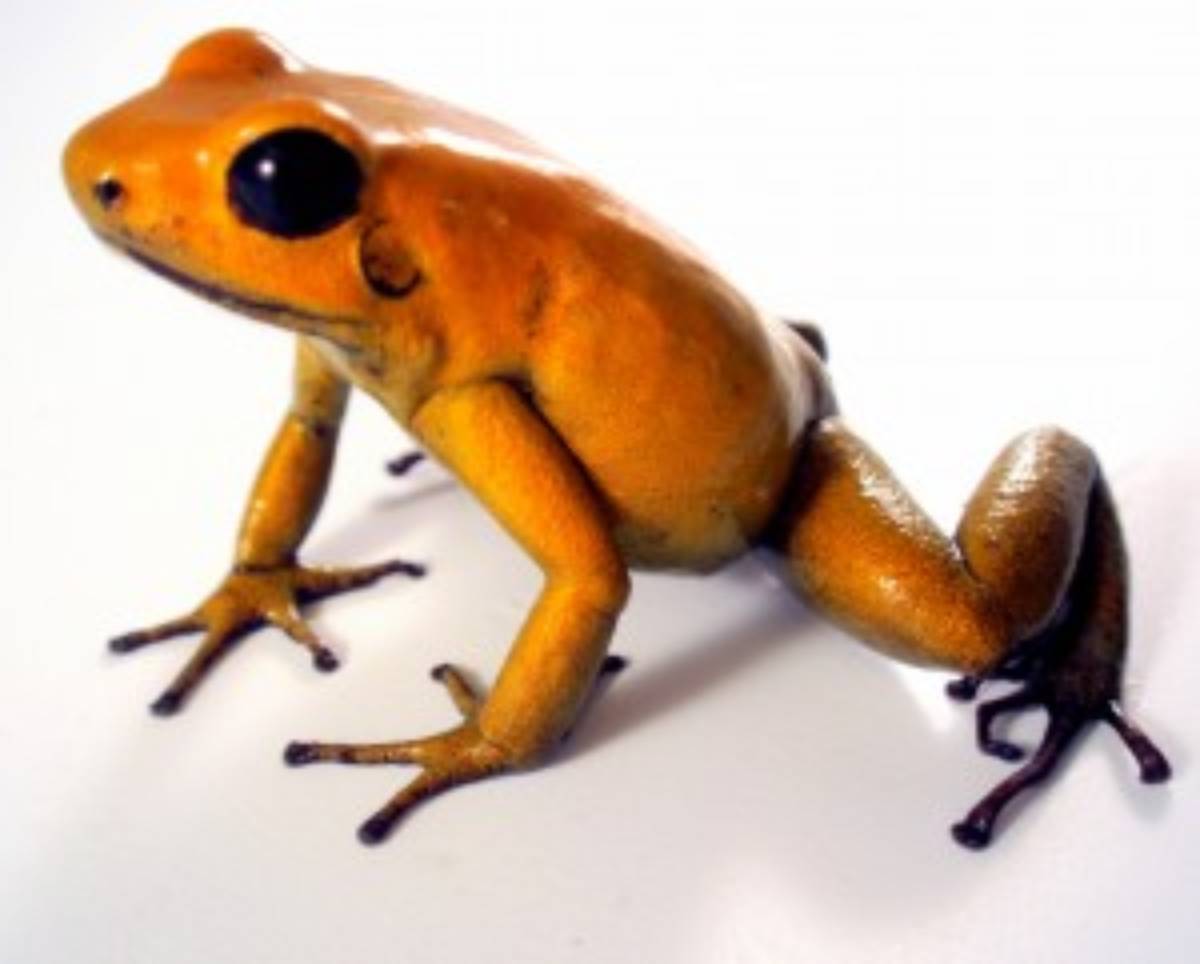 Some frogs, such as this Phyllobates bicolor 'Gold', prefer cooler temperatures.
Some frogs, such as this Phyllobates bicolor 'Gold', prefer cooler temperatures.
Keep in mind that your future frog companions will depend on you to provide the proper temperatures for them. In some parts of the country, this may mean running the furnace or air conditioner when you normally would not, leading to additional energy expenses. In the event of a power failure in winter or summer, you may need to find a refuge for your frogs with more stable temperatures, such as a friend's house or a hotel.
Humidity
As with temperature, dart frogs also depend on certain humidity levels to stay healthy. Dart frogs don't drink water; they get some water through the prey items they eat, but the majority is absorbed through their skin. While they can typically tolerate down to 70% humidity for short periods of time, the majority of their time should be spent in 80% humidity or higher. Without the proper humidity, dart frogs can become dangerously dehydrated, develop health issues and even die. Since people don't generally keep their homes nearly as humid as dart frogs prefer, low humidity is one of the biggest problems that new hobbyists face. Maintaining high humidity levels is critical to the health and happiness of dart frogs, and it usually requires regular misting and using a glass tank topper to hold humidity in.
For more information on maintaining humidity in a dart frog vivarium, read this blog.
Feeding Dart Frogs
Although many poison dart frogs can grow two to three inches long, most won't readily consume prey over an eighth of an inch. There are exceptions, such as certain Phyllobates, Epipedobates and Ameerega species, among others, but as a general rule you'll be responsible for giving your dart frogs a varied diet of small fruit flies, crickets, springtails, isopods and the like. Fortunately, these foods are readily available from a variety of online sources, and even some pet stores have begun to carry them. Most can even be cheaply and easily cultured at home! If you have a fear of bugs or don't want them in your home, dart frogs may not be the pet for you.
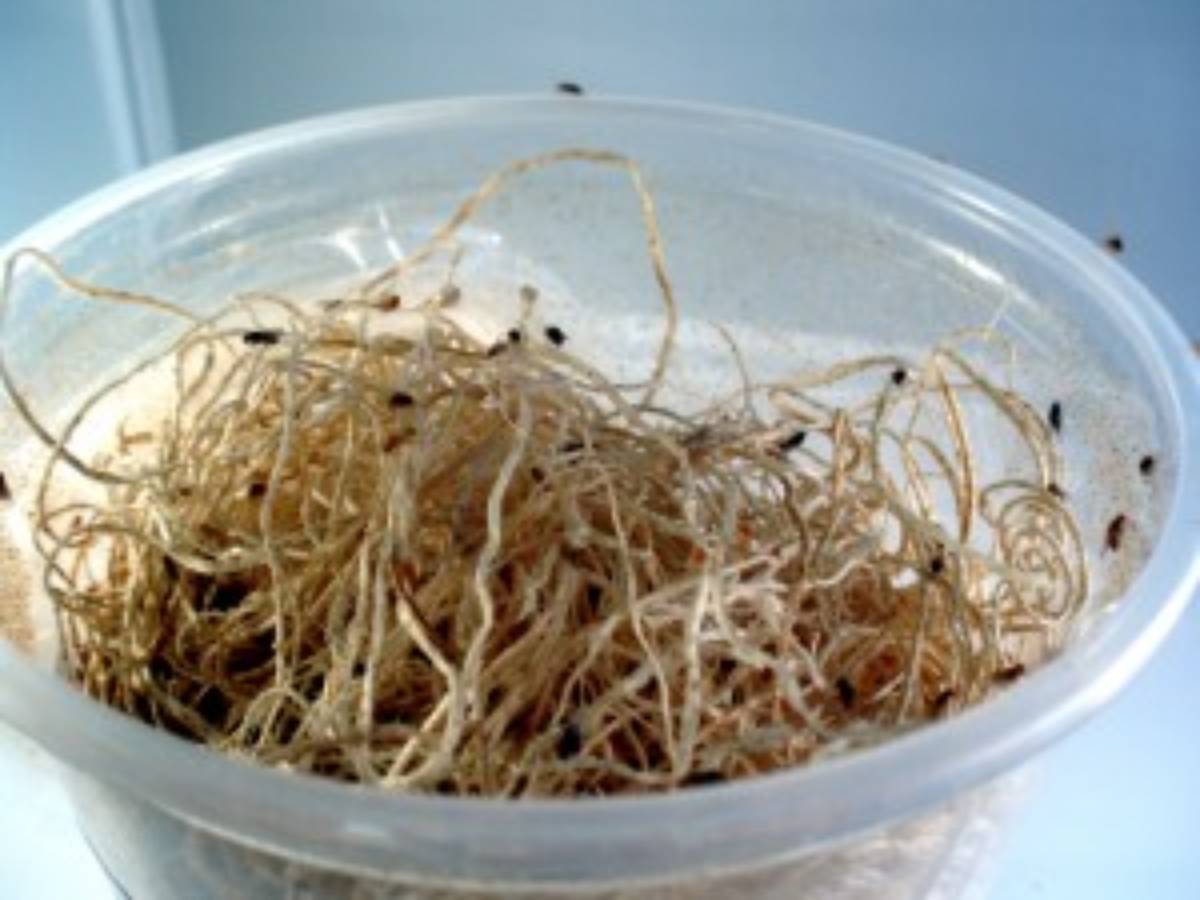 Small insects, such as this fruit fly (Drosophila hydei) make up the majority of dart frog diets.
Small insects, such as this fruit fly (Drosophila hydei) make up the majority of dart frog diets.
Maintaining a Dart Frog Vivarium
One of the many pluses of living vivariums is that they're relatively low maintenance. However, his doesn't mean they're maintenance-free. You'll have to do chores like misting, feeding, pruning plants and cleaning glass on a regular basis. Save yourself some hassle (and make a more stable environment for your frogs!) by investing in a quality timer for the lights.
You'll also need to spend time every week making new cultures of feeder insects, and if you're lucky enough to breed dart frogs, you'll need to care for the eggs, tadpoles and resulting froglets. Expect to spend about 30 minutes a week taking care of a single vivarium. It's not a bad idea to make a list of weekly chores that need to be done.
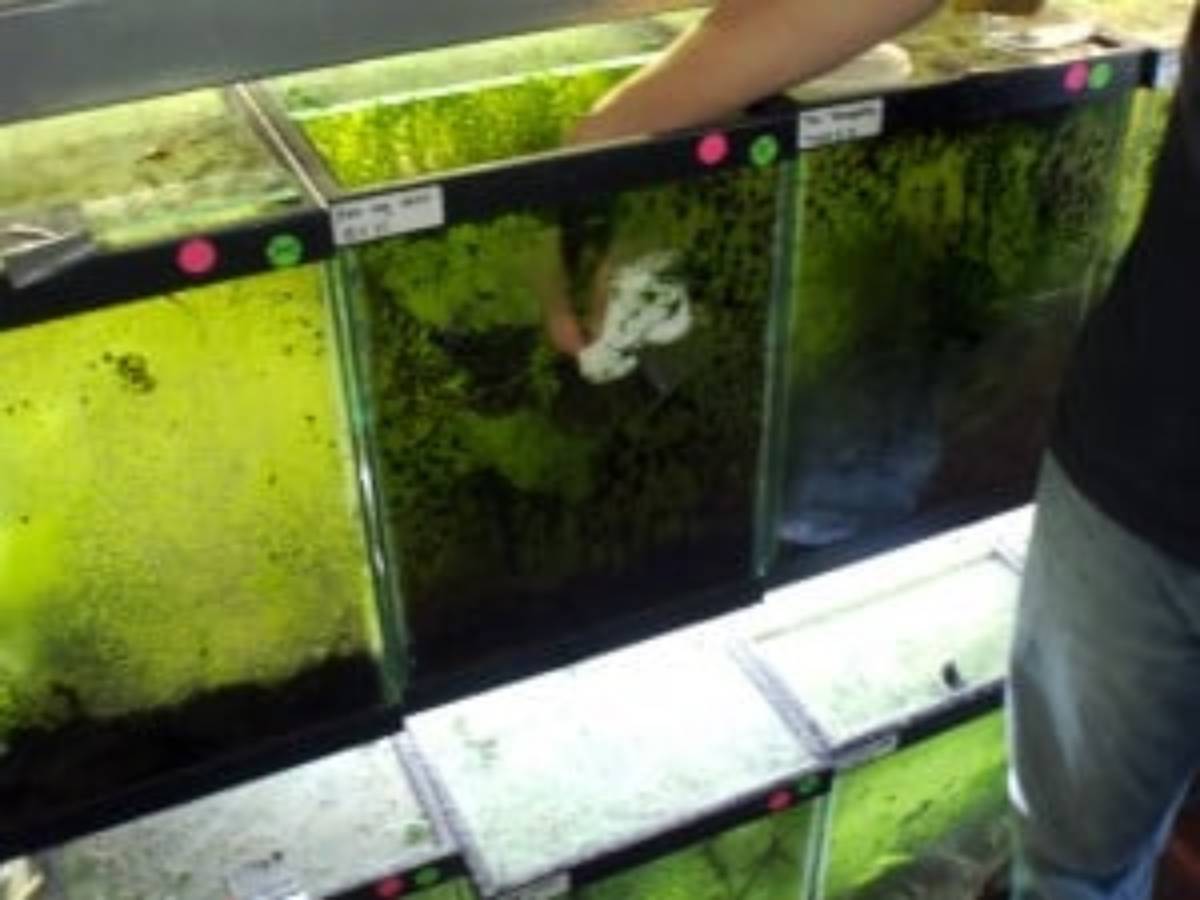 Wiping algae from glass is just one of many chores that come with the responsibility of dart frog ownership.
Wiping algae from glass is just one of many chores that come with the responsibility of dart frog ownership.
The Cost of Keeping Dart Frogs
The dart frog hobby can be an expensive one. Currently, most dart frogs cost $30 to $70 each. A vivarium can easily cost several hundred dollars to set up and maintain. You'll use extra electricity and water to keep the vivarium and its inhabitants.
There will be costs involved in procuring their food, some of which can be offset by making your own cultures at home. Although it isn't expensive to keep dart frogs in the long run, the initial preparations can be costly.
Keep in mind that this is an investment. You're setting up something that will bring years of enjoyment, and is very inexpensive to maintain and feed.
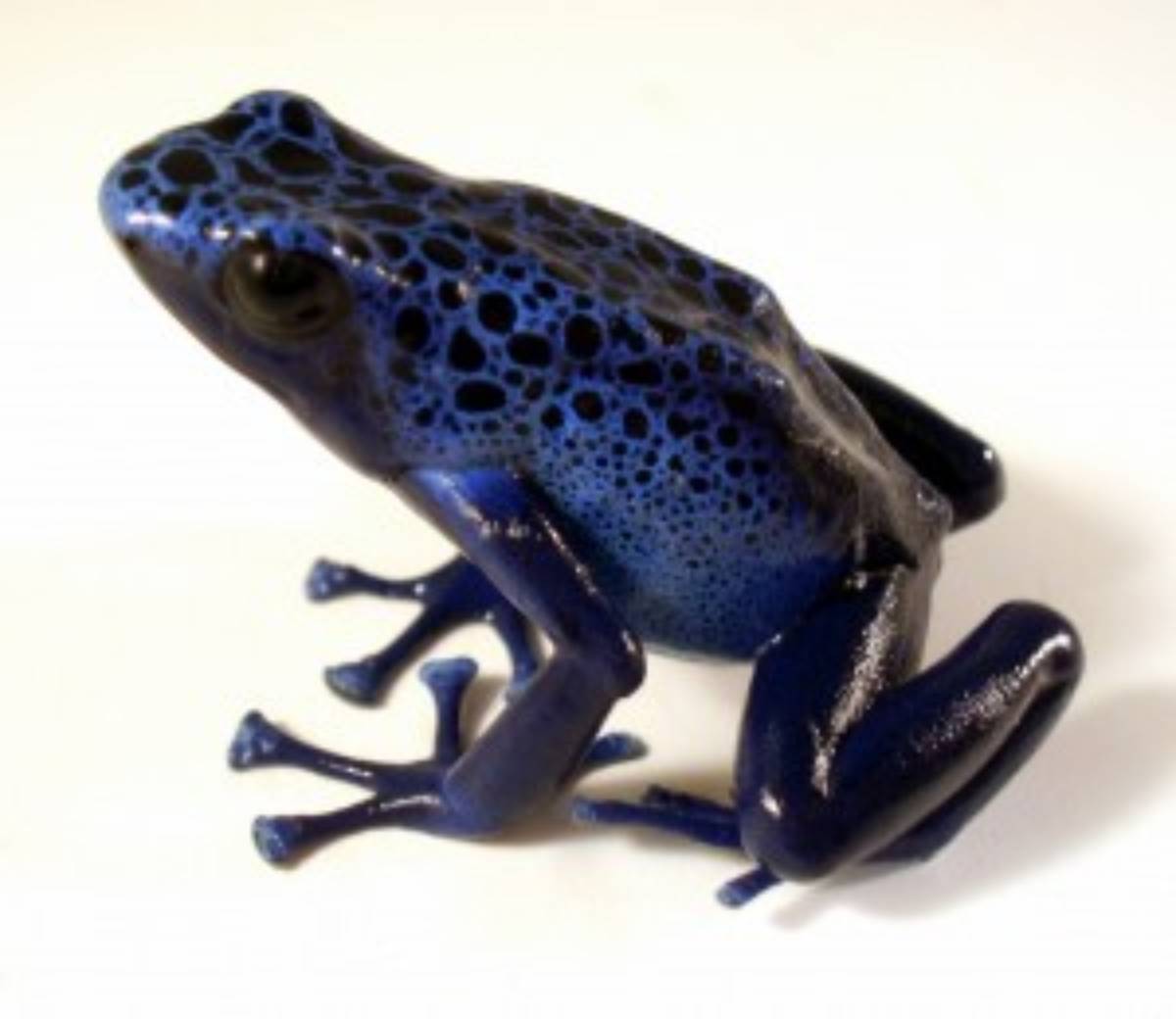 The dart frog hobby can be expensive. Frogs, such as this Dendrobates tinctorius 'Azureus', typically cost $50 to $70.
The dart frog hobby can be expensive. Frogs, such as this Dendrobates tinctorius 'Azureus', typically cost $50 to $70.
Conclusion
Ultimately, you are responsible for the well-being of your future froggy pets. You'll have to not only feed them, but also ensure they have everything they need to be happy and healthy. You'll have to keep those needs in mind when constructing their enclosure in order to provide a secure environment where they can thrive.
That being said, I hope you do decide to pursue poison dart frog ownership! It's a very rewarding endeavor that can lead to many more additional interests. For those of you with children, caring for animals can teach many life lessons that are otherwise difficult to convey.
A vivarium itself is something wonderful to have in the home, office, or classroom, adding a slice of nature into an otherwise structured and artificial world.

